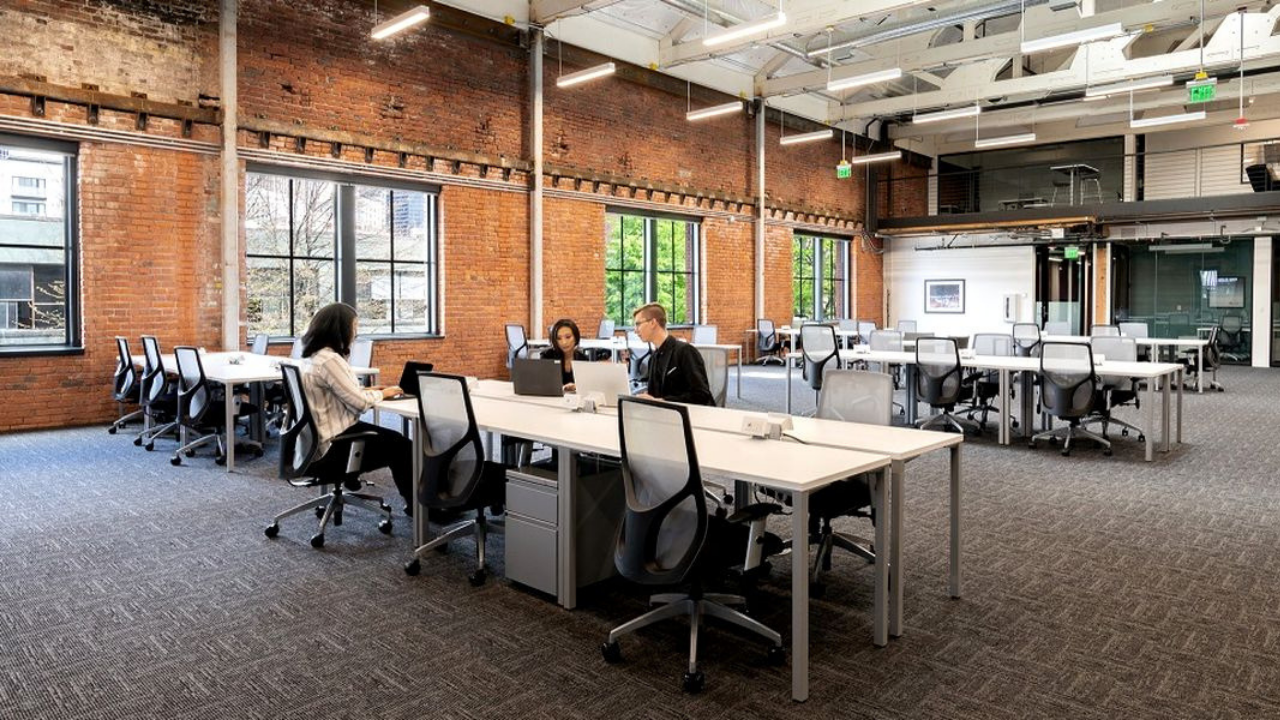Roger Heerema, principal at Wright Heerema Architects, offers a good look at how office design is transforming. The Shuman, a new building project in Chicago suburb Naperville, is a good example of this shift.
The space features a revamped lobby, fitness club, an upscale food-and-beverage program, and no, it is not a hotel. Although it offers all the hospitable amenities, it is still a suburban office space.
This shift in design did not happen overnight: a shift in work culture had to happen first. Now, with the rise of coworking and flexible offices, design reflects what professionals expect from their workday.
As demand continues to rise for state-of-the-art amenities and office space, landlords are rethinking how to attract and retain clients. Todd Burns, president of JLL’s project and development services, said that even smaller buildings are doing renovations to keep up with new design trends.
“The entire spectrum of creative office supply has been impacted by coworking,” said Marques Williams, a global broker at Cushman & Wakefield. “However, it’s happening at a time when industry-specific advances, merger and acquisition activity, and IPOs for media and tech companies are at an all-time high.”
Despite the numerous amenities that can make a coworking space look shiny and new, at the end of the day, culture and community are what drive a space’s success.
Liz Burow, a WeWork vice president and director of workplace strategy, said that office design needs to create communication, foster creativity, and promote socializing among its members.


 Dr. Gleb Tsipursky – The Office Whisperer
Dr. Gleb Tsipursky – The Office Whisperer Nirit Cohen – WorkFutures
Nirit Cohen – WorkFutures Angela Howard – Culture Expert
Angela Howard – Culture Expert Drew Jones – Design & Innovation
Drew Jones – Design & Innovation Jonathan Price – CRE & Flex Expert
Jonathan Price – CRE & Flex Expert










